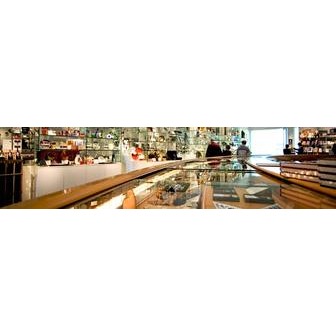Milwaukee Art Museum





he Milwaukee Art Museum collects and preserves art, presenting it to the community as a vital source of inspiration and education.
30,000 works of art. 350,000+ visitors a year. 125 years of collecting art. From its roots in Milwaukee's first art gallery in 1888, the Museum has grown today to be an icon for Milwaukee and a resource for the entire state.
The 341,000-square-foot Museum includes the War Memorial Center (1957) designed by Finnish-American architect Eero Saarinen, the Kahler Building (1975) by David Kahler, and the Quadracci Pavilion (2001) created by Spanish architect Santiago Calatrava.
Central to the Museum's mission is its role as a premier educational resource, with educational programs that are among the largest in the nation, involving classes, tours, and a full calendar of events for all ages.
Collection
Four floors of over forty galleries of art are rotated regularly with works from antiquity to the present in the Museum's far-reaching Collection. Included in the Collection are 15th- to 20th-century European and 17th- to 20th-century American paintings, sculpture, prints, drawings, decorative arts, photographs, and folk and self-taught art. Among the best in the nation are the Museum's holding of American decorative arts, German Expressionism, folk and Haitian art, and American art after 1960. The Museum also holds one of the largest collections of works by Wisconsin native Georgia O'Keeffe.
Important artists represented include Nardo di Cione, Francisco de Zurbarán, Jean-Honoré Fragonard, Winslow Homer, Auguste Rodin, Edgar Degas, Claude Monet, Henri de Toulouse-Lautrec, Pablo Picasso, Jóan Miro, Mark Rothko, Robert Gober, and Andy Warhol.
In addition to the works in the Museum's Collection galleries, there are a variety of changing exhibitions throughout the year, including the three major feature exhibitions in the Baker/Rowland Galleries of the Quadracci Pavilion.
Explore Related Categories







